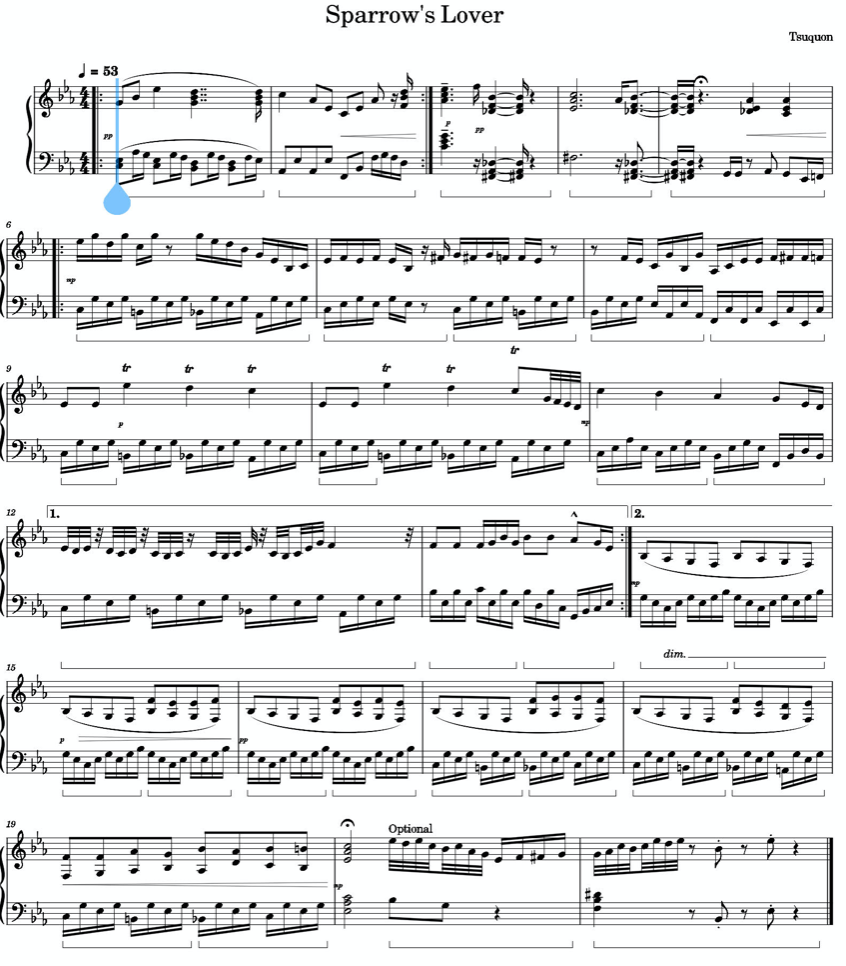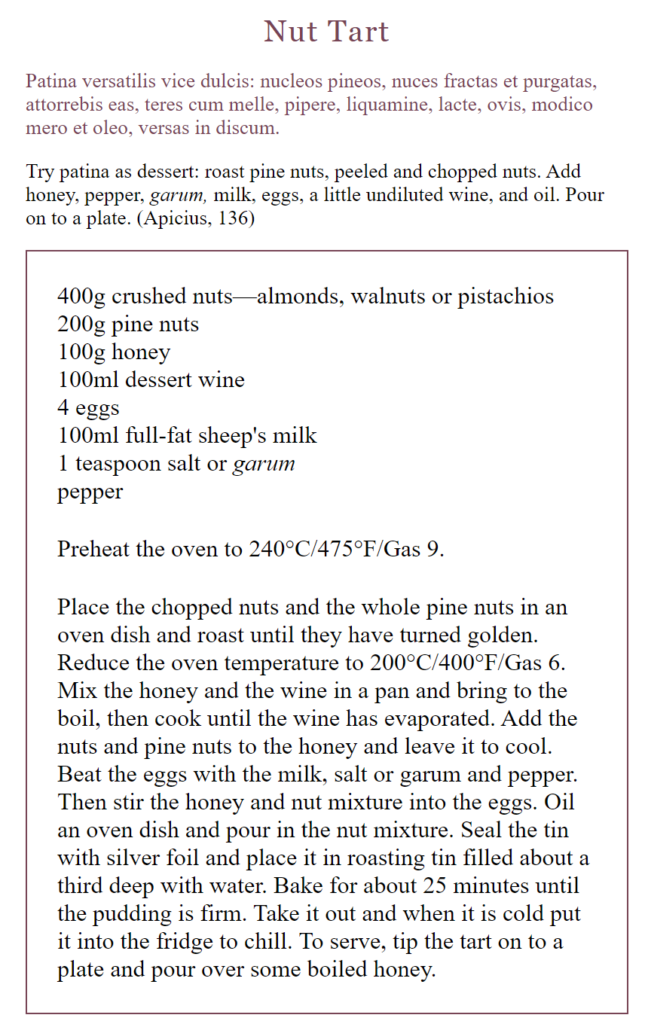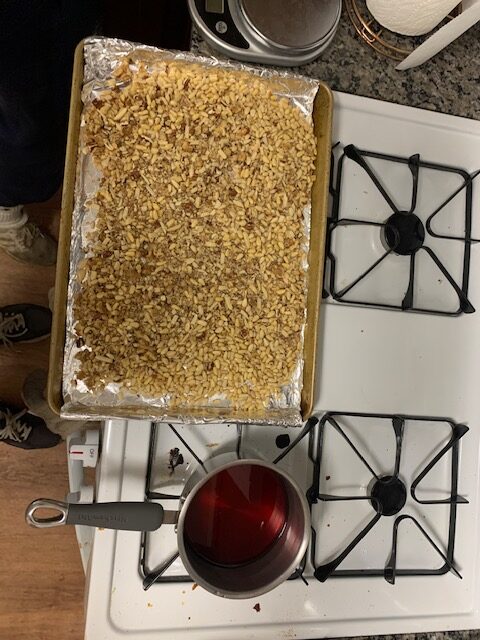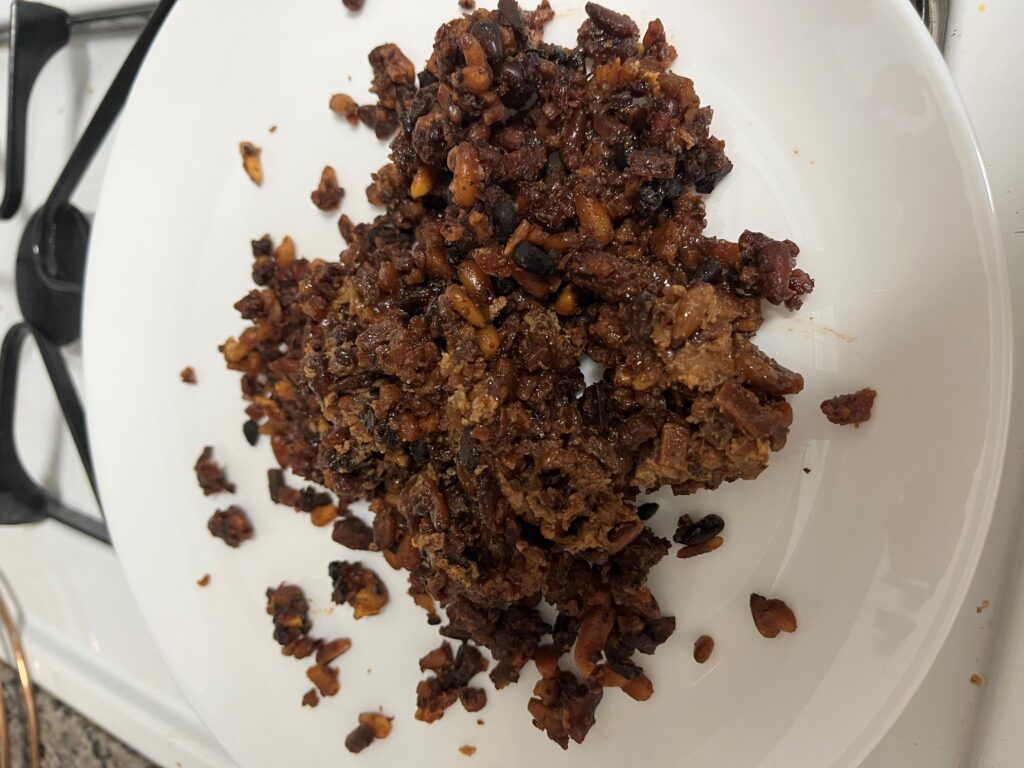Pompeii: A Forgettable Movie for an Unforgettable Event
For my second installment of procrastination, I watched the 2014 movie Pompeii from Sony Pictures. In contrast to the always enjoyable experience that is Gladiator, Pompeii was fairly forgettable. It centers around the city of Pompeii (shocking, I know), which, as most of us are familiar, is built right alongside the famed Mount Vesuvius. Having watched gladiator directly before this, I’ll do a bit of a comparison. Gladiator has a simple plot, driven by understandable yet Roman desires and motivations that gives an unrealistic, but still enjoyable depiction of the Roman Empire. Pompeii on the other hand strays away from this. The movie has a forbidden love aspect between a slave-gladiator and a wealthy woman that drives the plot. However, as the plot moves on viewers slowly start to learn of what is coming. By that I mean the movie confirms exactly what every person who has ever heard the name Pompeii already knows: the mountain is going to explode. From there, there is some ok buildup, and honestly a large portion of plot that does not need to be included. In the end, and in truly shocking fashion, Milo and Cassia, our forbidden lovers, embrace as they meet their doom. The ending is as cliche as the movie is really just bland.
We got a little bit of my favorite aspects of Gladiator in this movie. Some ok fight scenes – not comparable to Gladiator, of course, but still enjoyable, as well as a glimpse into the grandiose nature of the Roman Empire, but definitely on a lower scale. There’s also a different sense of Rome all together. In Gladiator, there is a sense of overall good in the Roman Empire, with the exception of a corrupt emperor. In Pompeii, there seems to be general corruption atop Rome, a notion that I resent as I really have come to appreciate the beauty of the Roman system over the last few months. I’ll finish with this: Am I happy I watched Pompeii instead of something else like Spartacus? Probably not. I think the movie did not do Rome justice nor did it properly scratch the procrastination itch that seems to be insatiable in the closing hours of finals.



